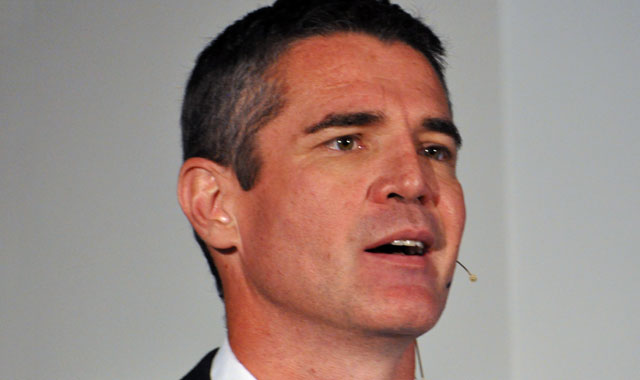
The “last mile” fixed-line infrastructure into people homes in South Africa is “awful” and is holding back competition in South Africa’s television broadcasting industry by preventing Internet protocol television (IPTV) and video-on-demand (VOD) players from launching services that compete with pay-TV incumbent MultiChoice.
That’s the view of Roger Hislop, who works in the emerging technologies opportunities team at Internet Solutions, the communication service provider in the Dimension Data stable.
Hislop says South Africa is only now beginning to feel the impact of the disruption that the Internet will have on the broadcasting industry. Adoption of online video streaming services, he says, has been held back because of a poor-quality last-mile network. Government and operators need to work together to ensure higher-speed fibre lines are installed in people’s homes.
Hislop was speaking at the Connected TV Summit, hosted by Sentech, in Sandton on Monday.
“In South Africa, we are barely onto our training wheels,” Hislop says. “Only the very early adopters are streaming TV. It’s fiddly and quite difficult and even if you can get it working, the quality of the experience isn’t great. In terms of delivering movies and television to SA consumers, we still have a very big hill to climb.”
He says the back-end systems – the specialist equipment and data centres – are already available to deliver video to consumers over the Internet. “But we have a big problem in South Africa, the last mile. It’s awful,” Hislop says. Cellular 3G and 4G/LTE networks, because of their nature, are not suitable for delivering content streams to consumers. And although there are about 900 000 consumers connected to fixed ADSL broadband connections, these lines are often slow, they’re expensive, and the market is tiny.
“Those numbers are probably not going to increase that fast,” he says. “Sure, Telkom is rolling out VDSL at 40Mbit/s. That’s very promising, but you’re looking at maybe tens of thousands of users.”
As video takes off, he adds, Telkom’s ADSL exchanges will be “clobbered”. Quoting researching by networking vendor Cisco, Hislop says that by 2017, three-quarters of all Internet traffic moving around South Africa will be video. South Africa needs to find “better options for access”, and that means government and the private sector working together to build fibre-to-the-home (FTTH) networks.
“FTTH is where we really have to be,” he says. “But in SA we are just starting to move.”
Costs for fibre are also likely to prove to be prohibitive. “A R1 000/month subscription fee is quite a lot of money. For fibre to be viable as a mass market method for IPTV, that cost will have to come down very quickly.”
Government and operators need to work together to deliver FTTH networks, he adds. “We need action and we need it now. If we worry about this in three years, it will be 10 years until it reaches consumers. We need tax incentives to make the business model more tenable. The commercial banks are wary of FTTH.”
Without sorting out the access problem, IPTV in South Africa will never reach “useful numbers” of subscribers. “We can provide IPTV to consumers. All the technology and systems are there, but we are a long way from being able to do it. We really need to push for the last mile to be solved. Without the last mile, we can’t get to those homes.”
In the short term, communications regulator Icasa should push ahead with local-loop unbundling (LLU), a regulatory intervention under which rivals will be given access to Telkom’s facilities to provide services directly to end users over the company’s last-mile copper network.
“LLU has worked around the world to increase competition and to increase the options for customers. In South Africa, LLU has been mired for 10 years or more in politicking … and there has been an unfortunate lack of focus by the regulator and government on it.
- TechCentral is exclusive media partner for the Connected TV Summit

